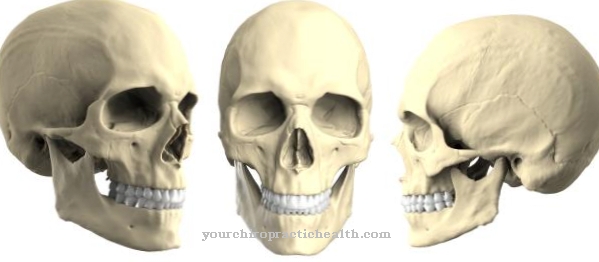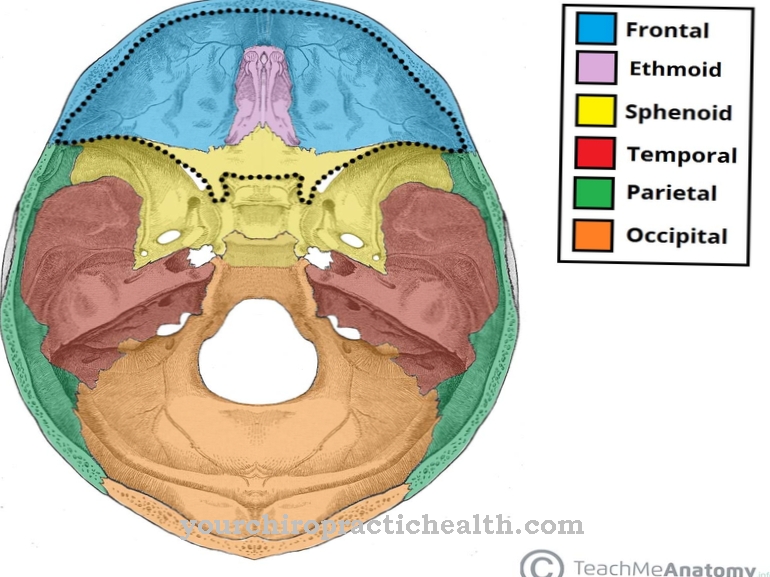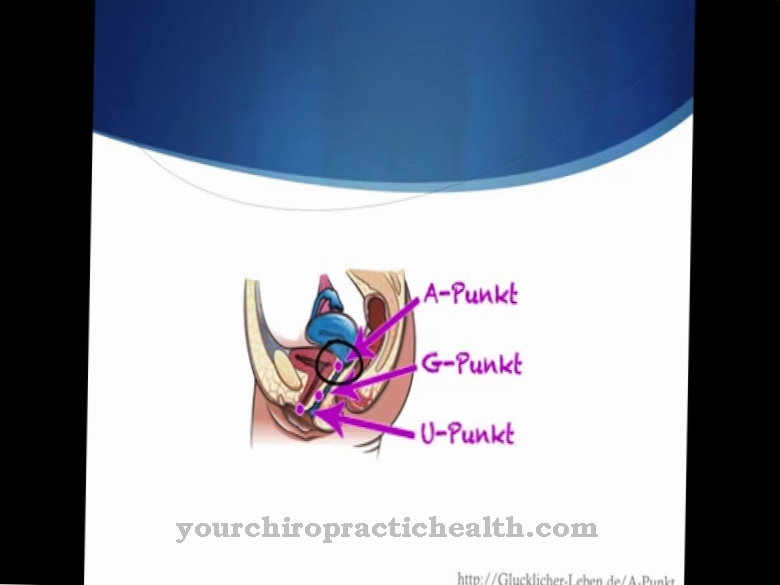The natural Dental crown is the top part of the tooth that protrudes from the gum line. It is covered with tooth enamel and makes up the visible part of the tooth. In order to maintain the tooth function, the natural tooth crown must be replaced by an artificial tooth when it is destroyed.
What is the tooth crown?
When a tooth crown is mentioned, an artificial crown of the tooth is immediately considered. However, every tooth also has a natural tooth crown. A tooth consists of a tooth root, the tooth neck and the tooth crown. The natural crown of the tooth is connected to the neck of the tooth and protrudes from the gums.
It is surrounded with tooth enamel. The enamel gives the tooth the hardness required to grind food. If the natural tooth crown is destroyed by caries bacteria, it can be replaced with an artificial crown. The name dental crown comes from the fact that the human molar looks similar to a royal crown when viewed from above.
Anatomy & structure
The natural tooth crown consists of dentin (dentin), which surrounds the pulp (tooth pulp), and of tooth enamel, which serves as protection for the dentin. The dentin is composed of approx. 65 percent calcium hydroxylapatite, 25 percent of connective tissue-like material and 10 percent of water. The pulp (pulp) is embedded in the dentin. The pulp consists of nerve fibers and blood vessels that supply the tooth with nutrients and regulate its sensitivity. The enamel surrounding the dentin is the hardest substance there is in the body. It is 95 percent calcium hydroxylapatite, some connective tissue, and water.
It has the necessary hardness to chew food. However, tooth enamel is sensitive to acids and slowly dissolves at a permanently low pH value. Acid-forming bacteria (caries bacteria, streptococci) are responsible for this and form acids when food residues that have not been removed decompose. If this destroys the natural tooth crown, it must be replaced with an artificial one. The artificial tooth crown can consist of all-ceramic, a gold alloy or a gold sleeve for veneering ceramic or plastic.
It is built up either on the existing tooth stump or around a pin attached to the tooth root. Tooth crowns made of metal alloys are mostly used for the molars, which are not visible from the outside. An all-ceramic crown can no longer be distinguished from a natural tooth crown in terms of appearance and is therefore often used for the front teeth.
Function & tasks
Both the natural and the artificial tooth crown are responsible for the actual function of the tooth. They are used to chew and grind the food ingested. With the grinding movements and the mixing with the saliva, the chyme is prepared for the swallowing process, which allows it to pass through the esophagus into the stomach. Since the teeth have to last almost their entire life, the natural tooth crown consists of a very resistant material (the tooth enamel) that surrounds the dentin. The tooth enamel is very hard and resistant, so that the chewing process can be guaranteed without restrictions.
However, over time, the influence of acid-forming bacteria slowly breaks down the tooth enamel. However, this process can be significantly delayed by intensive tooth cleaning. In earlier human cultures, teeth loss often resulted in death because food could no longer be processed. Today there is the possibility of dentures. In addition to complete dentures, crowns made of various materials can also be built on the existing remaining tooth. Although the remaining teeth can completely take over the grinding function, a crowning of the destroyed teeth is useful in order to stop the breakdown process in the dental apparatus.
In this way, the remaining teeth can be kept alive even longer. Resistant materials that can even withstand acids are used for the artificial tooth crowns. Depending on the area of application, they consist of fine gold alloys, gold veneers or all-ceramic.
You can find your medication here
➔ Toothache medicationDiseases
The natural tooth crown is exposed to constant attack from acid-forming bacteria. Even with daily teeth cleaning and immediate removal of food residues from the teeth, the destructive work of caries bacteria (certain types of streptococci) cannot be stopped. It's just being delayed. When food residues that are particularly rich in carbohydrates are broken down, acidic breakdown products are created which even attack the hard material of the tooth enamel. Initially, small holes form in the enamel, but they continue to enlarge.
One day they reach the dentin and then the pulp (pulp). Then at the latest it comes to severe toothache, because the nerves are directly inflamed. The tooth can be preserved for a long time by killing the bacteria with antibiotic agents and closing the holes. If, however, a degree of destruction has been reached that inevitably causes the tooth to die, the body of the tooth can still be built up with an artificial tooth crown. The materials used are very robust and acid-proof. Nevertheless, it is possible that the pathological destruction process will continue.
Normally the progressive degradation process should be stopped. Errors in the construction of the artificial crown or lack of dental hygiene can cause the inflammation under the crown to continue. This is the case if either the bacteria have not been completely removed or if the distance between the crown and the remaining tooth is too large. In this case, bacteria can repeatedly get under the crown and completely destroy the tooth and its roots.
























.jpg)



